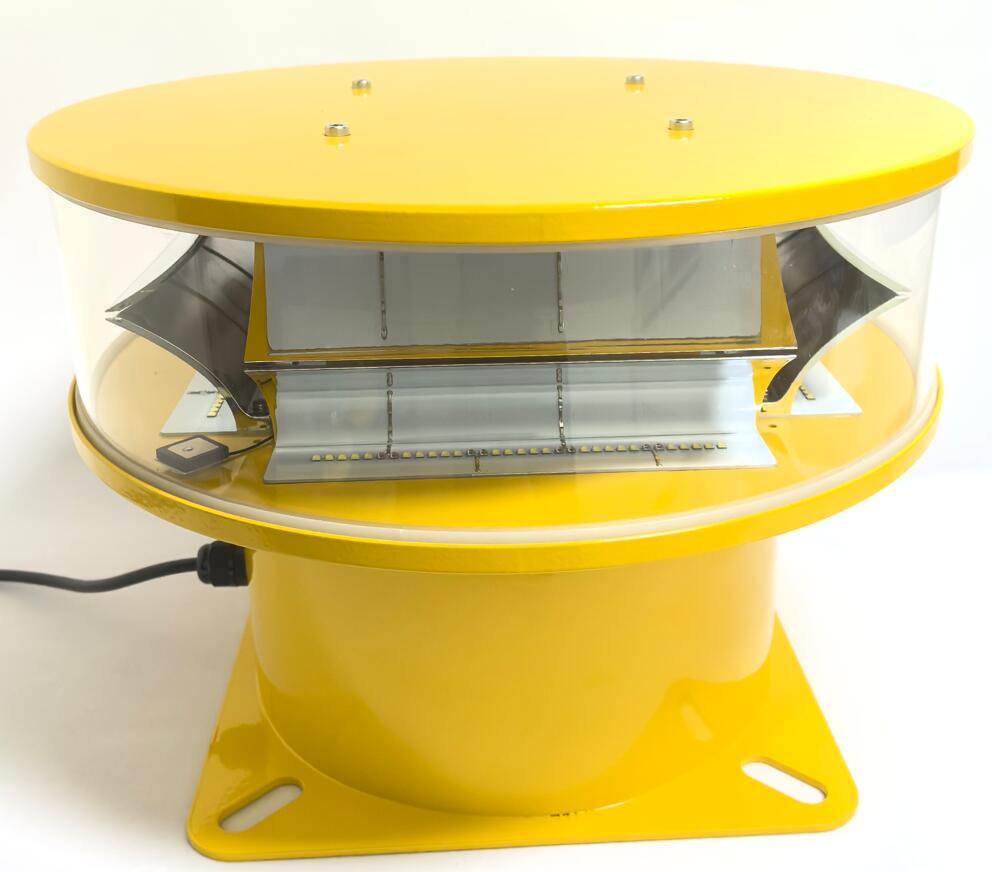Enhancing Urban Safety with Aircraft Warning Lights for Buildings
In today’s ever-growing urban environments, the presence of tall buildings is more prominent than ever. These architectural marvels reach skyward, pushing the limits of engineering and design. However, as skylines expand, the need for increased safety measures becomes critical—especially for low-flying aircraft. One key solution to this issue is the installation of aircraft warning lights for buildings. These specialized lighting systems play a vital role in preventing collisions and ensuring the safety of air traffic in urban and suburban airspace.
The Role of Aircraft Warning Lights for Buildings
Aircraft warning lights for buildings are high-intensity lighting systems specifically designed to make tall structures visible to pilots, especially during low-visibility conditions such as fog, rain, or nighttime operations. These lights serve as a critical safety layer, marking potential obstacles that could otherwise go unnoticed.
They are installed on various types of structures including skyscrapers, communication towers, chimneys, wind turbines, and cranes. Without these lights, the risks of accidents involving low-flying aircraft, helicopters, and drones would significantly increase.

Key Features of Modern Aircraft Warning Lights
Modern aircraft warning lights for buildings are engineered to meet international aviation standards, such as those set by the International Civil Aviation Organization (ICAO) and the Federal Aviation Administration (FAA). Key features include:
High Visibility: These lights are designed to be seen from great distances, ensuring that pilots have ample time to adjust their flight path.
| aircraft warning lights for buildings |
Color Coding: Typically red or white, depending on the time of day and type of installation. Red lights are used at night, while white strobe lights are more common during the day.
Energy Efficiency: LED technology has become standard in many modern systems, offering long life spans and reduced energy consumption.
Automatic Control: Many systems come with light sensors that automatically switch between day and night modes.
Weather Resistance: Designed to withstand extreme weather, including snow, rain, wind, and UV exposure.
Regulations and Compliance
Aviation authorities around the world mandate the use of aircraft warning lights for buildings above certain height thresholds. For example, in the United States, any structure exceeding 200 feet (61 meters) generally requires proper lighting. Similar rules exist globally, with variations depending on local aviation policies.
| aircraft warning lights for building |
Compliance with these regulations is not just a legal requirement but a social responsibility. Building developers and owners must coordinate with aviation authorities during the planning and construction phases to ensure the correct lighting systems are in place. Non-compliance can lead to severe penalties and, more importantly, compromise public safety.
Integration with Urban Planning
With cities becoming increasingly dense, integrating aircraft warning lights for buildings into urban planning strategies is essential. These lights must complement the architectural design of structures while maintaining their core function of safety.
City planners and architects are now working together to incorporate these systems early in the design process. Doing so not only ensures compliance with aviation regulations but also allows for aesthetic considerations, such as minimizing light pollution and visual clutter.
Innovations and Future Trends
Technology is continuously evolving, and aircraft warning lights for buildings are no exception. Innovations in this field are improving both safety and efficiency. Some noteworthy trends include:
Smart Monitoring Systems: These systems can report malfunctions in real-time, reducing downtime and ensuring constant operation.
Solar-Powered Units: Especially useful in remote or off-grid locations, solar-powered lights reduce dependence on traditional power sources.
Integrated Obstacle Detection: New systems may include sensors or communication with air traffic control to provide real-time obstacle mapping.
Low-Light Pollution Designs: Advanced optics help focus light in specific directions, reducing glare and minimizing impact on nearby residential areas.
The Role of Aircraft Warning Lights in Drone Management
As the use of commercial and recreational drones increases, the relevance of aircraft warning lights for buildings grows even more. Drones often operate at lower altitudes, making them susceptible to collisions with tall structures. Warning lights not only aid manned aircraft but also serve as visual cues for drone operators, contributing to safer skies.
Case Studies: Implementation Success
Many global cities have already implemented comprehensive aircraft warning light systems for their tallest structures. In cities like Dubai, Shanghai, and New York, skyscrapers are equipped with modern LED lighting that ensures high visibility without compromising energy efficiency.
Telecommunication towers in rural areas, where air surveillance is minimal, have also benefited greatly from solar-powered warning lights. These systems maintain their function independently, making them ideal for critical communication infrastructure.
Aircraft warning lights for buildings are an essential component of modern urban safety. As cities continue to grow vertically, the need to protect the airspace above them becomes increasingly important. These lights are not just mandatory fixtures; they are lifesaving technologies that support the safe coexistence of architecture and aviation.
From high-rise developers and architects to aviation regulators and drone operators, everyone has a role to play in implementing and maintaining effective aircraft warning light systems. As technology advances, we can expect these systems to become smarter, more efficient, and even more integral to the design of our future skylines.
In the end, ensuring the visibility of structures to air traffic is not just a regulatory checkbox—it is a commitment to public safety and responsible development in the modern world.
